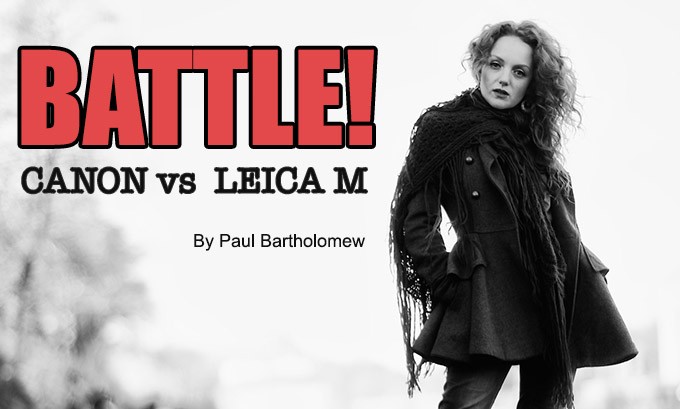
LENS BATTLE: CANON vs LEICA
by Paul Bartholomew
Dear Steve
This is my second user report I’ve written for your great site but this one is quite different from my last one (An Englishman in New York).
I’ve been a Canon user for years having had a 5DMK II, a 7DMK I and the camera I shot for part of this review the excellent Canon 5D MKIII. I have a little Olympus E-PL 1 and a Canon G11 too but my pride and joy is my Leica M240. That camera is the second M I have owned having upgraded from an M9 about 18 months ago. And what an upgrade! I really can’t understand those who prefer the M9, the colours, the noise, the dynamic range – all much better on the M240 to my mind, with live view to boot with EVF support (this is important for this article).
I’m not exaggerating when I say the Leica M240 is the camera I had hoped the M9 would have been, but whenever I shot with the M9 I found the images a little muddy in their tones – like the files were missing some information – not so with the M240.
After bumping along happily with both the 5D MKIII and the Leica M240, I realised the Canon was mostly staying in its foam-lined drawer in my study, I preferred to shoot with the M240. This wasn’t something that had happened with the M9 – the 5D MKIII gave me better images, but not so when compared to the M240. So, I began to wonder whether I actually needed the 5D MKIII… Of course letting go of the body was one thing but letting go of the lenses was quite another. At this point in time I owned a 300mm f/2.8L (easy to get rid of, I seldom shoot long), a 24-105 f/4L – a nice enough lens but not one that I actually used that much, a 16-35mm f/2.8L II – a lens I was nervous to lose (the widest I had for the Leica was 28mm) and a 85mm f/1.2L II – a gem of a lens that I loved. These two lenses were the anchor of my Canon system – they were preventing me from moving on.
However, when I sat down and worked out how much I would get by selling the Canon kit new possibilities opened up, but first I needed to see whether I could fill the niches of my Canon anchor lenses with a couple of Leica compatible lenses. Here’s what I bought: For the wide end a Voigtlander 21mm f/1.9 and for the fast portrait niche a Leica 80mm f/1.4 Summilux R (with a Novoflex R to M adaptor) – my EVF for my little Olympus would be put to good use! These two lenses complemented my existing M lenses – a Zeiss 28mm f/2.8, a Jupiter 35mm f/2.8, a Zeiss 50mm f/1.5 (calibrated to f/1.5) and a Jupiter 85mm f/2. To be honest, I never really used the Zeiss 50mm f/1.5 that much – too long for street work and for portraits I found it to have too much contrast for my taste.
Once I’d secured the lenses I thought I would do a comparison shoot before I made a decision whether I could/should divest myself of the Canon kit (although by this point the 300mm had already gone). So, I booked a model that I’d worked with on previous occasions and set to work. Some notes first though… I’d never done a lens test before so apologies for any errors in the process I may have made, also – the M240 doesn’t record lens data from my non-coded lenses and estimates the aperture based on the exposure settings. In some of the pictures my model Holly is holding up fingers to help me record the aperture I was shooting at.
Long end first – the Canon 16-35 f/2.8L II @ f/2.8 at 21mm (TOP) vs the Voigtlander 21mm @ f/2.8 (Bottom) – click images for larger!
Of course with all of the camera and lens changes, I forgot to let Holly know that the Canon would collect its own data! Indeed the EXIF data let me know that I was actually at 22mm, not 21mm.
I don’t think there is that much in it in terms of sharpness but the Canon lens shows less divergence of vertical. Nonetheless I prefer the tones from the Leica. I also think more shadow detail is captured, look at the purple sofa and Holly’s dress in the Leica/Voigt. combination. Unsurprisingly, both lenses show some chromatic aberration in the window frame.
At f/5.6 both lenses now have the chromatic aberration broadly under control:
Top is Canon, bottom is Voigtlander. Click images for larger!
Differences in colour balance / colour rendering aside, the Leica/Voigt. combination seems to hold much more detail now and is much sharper at the edges of the frame, look at the green Tibetan chair-bed bottom left.
Peripheral sharpness picks up on the Canon at f/8 (TOP) but it is still outperformed by the Voigtlander (BOTTOM):
This was enough to convince me that despite the 16mm to 21mm wide end variance, the Leica and Voigtlander would look after me. And…. The Voigtlander could shoot at f/1.9:
I then went a little longer and compared the mid-range of the Canon with my Zeiss 28mm f/2.8. First, wide open. TOP is CANON, bottom is ZEISS, both at f/2.8:
Here, it’s a mixed picture, more chromatic aberration in the window frame with the Canon but it is giving better shadow detail (look at the front of the cabinet) and it is sharper in the peripheries of the frame. The Zeiss is sharper in the middle and could be said to have greater contrast (the flip side of the lower shadow detail). I prefer the colours with the Leica/Zeiss combo though.
At f/5.6, the Canon looks really good, the chromatic aberration is under control , central sharpness is higher too. Slight exposure differences aside, the Canon is still showing less contrast than the Zeiss – which is now showing sharpness to rival the Canon right across the frame.
At f/8, it’s really only the higher contrast of the Zeiss that is separating them:
So, after all that I felt I was OK at medium wide – especially give the relative sizes of the two setups!
Just for fun, I thought I’d compare the long end of the Canon 16-35mm with my diminutive vintage Soviet – the Jupiter 35mm f/2.8 – I was not expecting comparable images and the differences were clear at f/2.8. Canon on top, Jupiter and M on the bottom:
The Canon, even wide open at the long end of its zoom range, seems to control chromatic aberration well and is offering significantly more contrast than when zoomed out. It’s pretty sharp right across the frame too. The Jupiter is another story altogether, unable to control the bright window light, the veiling flare lowers the contrast significantly and although centre sharpness is at least as high as with the Canon, it drops off drastically as we move away from the centre. Look at the candle on the left and even Holly’s feet on the right. I do like that vintage look though, it’s why I bought the lens.
As shown above, at f/5.6 there’s little to complain about with the Canon and it is significantly sharper than the Jupiter everywhere, including in the centre of the frame. And although contrast and sharpness is better with the Jupiter than it was at f/2.8 it can’t keep up with the Canon. This is the same for f/8 too, as shown below. Canon is the 1st image, the Jupiter is the 2nd.
Of course, the Jupiter was never going to be the equivalent of the Canon, but it is a fun little lens to have nonetheless. However, I may need to get myself a higher fidelity M lens if I want to shoot with precision at that focal length.
Now for what I think is probably the main event of this head-to-head review – a comparison of portrait lenses. Mainly, it’s about comparing the Canon 85mm f/1.2 L II with the Leica 80mm f/1.4 Summilux R. But, I’m going to throw in the Soviet 85mm f/2 for good measure too.
First of all, at the widest common aperture of f/2, they really are quite different. The Canon is sharp and exhibits high contrast – it is crisp, as one might expect. But when you cast your eye from that image to the clearly softer and lower contrast Leica image, the Canon begins to look a little ‘crunchy’ – I wonder if others would agree? Then comes the Jupiter, like its 35mm cousin it is low in contrast, but nonetheless it does appear to be pretty sharp:
TOP: Canon 85 L at f/2, MIDDLE: Leica R 80mm at f/2, BOTTOM: Jupiter 85 at f/2
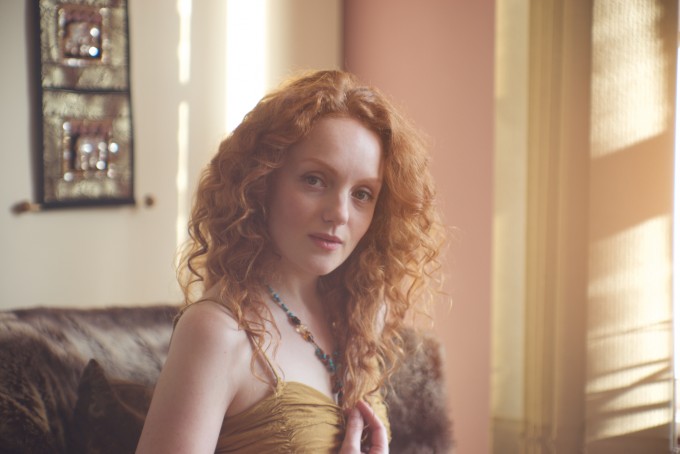
At f/2.8 things aren’t particularly changed – same differences, perhaps just a little less extreme:
Canon, then Leica, then Jupiter
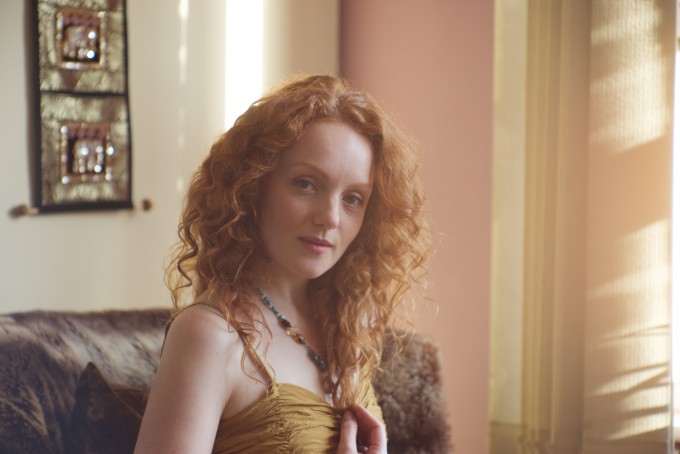
Of course, one really buys these lenses to shoot wide open – we’ve seen the Jupiter wide open but what about the other two? Firstly, both at f/1.4:
TOP: CANON – BOTTOM: LEICA
I don’t believe the Canon is any sharper now – look at Holly’s eyes on both. The Canon still has more contrast, but I am struck by the sophistication of the Leica image – sharp and soft and the same time. Also, look at the decoration on the wall and the edge of the sunlight, the Canon is exhibiting some chromatic aberration. OK, let’s see the Canon at f/1.2 – that aperture is the reason for buying this lens after all:
To me, on the eyes – this looks a bit sharper that the f/1.4 shot. I was shooting from a tripod but perhaps this is just the difference between hitting the eyeball with the focus point rather than the eyelashes. I just don’t know – although Holly’s mouth is sharper too.
All this out of camera comparison is a bit artificial though isn’t it? I’m never going to shoot models (or any portraits for that matter) without editing – I pretty much edit everything. So, given that – if I had to work on the three wide open images from each lens (I pretty much always shoot portraits wide open), what do I get? I’ve deliberately over-edited a little – particularly the eyes (using a detail extractor) because I wanted to see what information was there to be had and to share it with you. They are all edited slightly differently but with the aim of them bringing the best out of the lenses while getting them to a fairly similar end point:
1st CANON, 2nd LEICA, 3rd JUPITER – all wide open
I found the results surprising. The ‘crunchiness’ of the Canon (something I’d have never attributed to it prior to putting it against the Leica) was difficult to overcome. Transitions between light and shade seemed to accentuate really easily in the edit and I found the highlights difficult to control too (perhaps related to the sensor rather than the lens). The Leica on the other hand is, I think, quite beautiful – I’ve been able to reveal the sharpness of the lens (look at the eyes) but the softness and smoothness puts the Canon to shame – at least in my view. Then there’s the Jupiter – a dark horse: with a careful edit, it performs really well. Given that it cost me less than 5% of either the Canon (new) or Leica (used) that’s remarkable. I should say I used the EVF for both the Jupiter and the Leica. The Leica isn’t coupled so that was a must, but my Jupiter was designed for another camera and can be a bit focus shifted on an M.
For me the quality of the Leica has surprised me and shows that sharpness on its own can leave you wanting. This test allowed me to be happy to let the Canon 85mm f/1.2 L II go, and with it the 5D III and the other lenses too. That’s allowed me to buy a Sony A7 II, a Sony Zeiss 55mm f/1.8, a Voigtlander close focus M to E adaptor and a Canon 50mm f/0.95 rangefinder coupled lens, which I will get back in a few days when its conversion to M mount is done. I’ve also bought a dinky Nippon Kogaku (Nikkor) 5cm f/1.4 SC for a bit of fun after having let my Zeiss 50mm f/1.5 Sonnar go too. I’m finding I’m preferring a more classic low contrast look nowadays. So with those bits of kit and some LTM to M adapter rings, I can use all but the Zeiss FE 55mm f/1.8 on both cameras and I’ve kept some autofocus capability for shooting moving targets too. Additionally, I think the A7 II with its in-body stabilisation might be useful for some low light work when the need calls.
Altogether I feel I have gained flexibility from making the change.
A final word on the Leica 80mm f/1.4 though… It might not stay. I love how it looks, I’ve included a couple of real (non-test) shots below, but as an R lens it is a bit of a pain to use. Shooting it wide open requires precise focus and it doesn’t exhibit enough contrast for focus peaking to be effective so focusing through the EVF (it can’t be done any other way) needs to be done in zoom. Since there is no coupling, this requires the button on the front of the camera to be pressed, the eyes located, precise focus found (without peaking), the button pressed again to de-zoom, and the frame recomposed. By which time your subject is frustrated. As am I.
So there you have it, a long and rambling lens comparison posting that started out as an exercise for me to inform myself. I hope sharing it will be of interest to others too. I’m not sure how many comparisons between those particular portrait lenses are out there – I haven’t come across any.
At the moment then, I’m really looking forward to getting the 0.95 Canon back, something I wouldn’t have been able to justify buying without selling on the Canon SLR kit and I do feel broadly happy with the lenses I have. I may yet get a stronger 35mm and I may yet swap out the Leica R too.
So, thanks for reading and I’ll leave you with a couple of shots that I made with the 80mm f/1.4 Summilux R. After all, I may not be keeping it for long…
I hope this reads alright Steve. I’ll send the images on in following emails – it might take two or three.
I hope you will be able to let me know whether you think it is suitable – I hope it is!
Cheers
Paul
—–
From Steve: As always, for your Leica needs I recommend Ken Hanson, PopFlash.com and LeicaStoreMiami.com

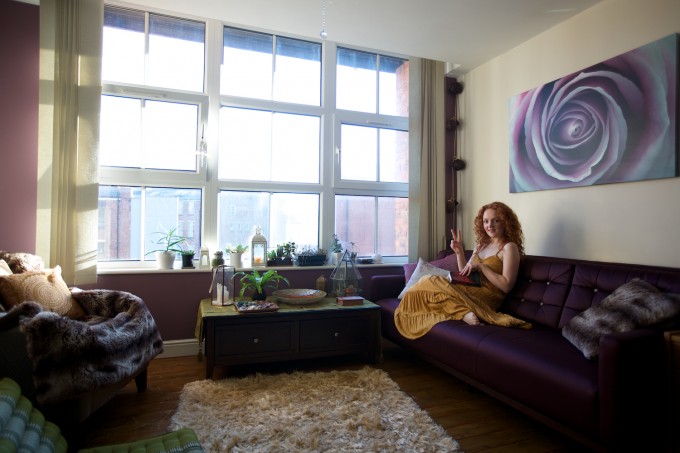
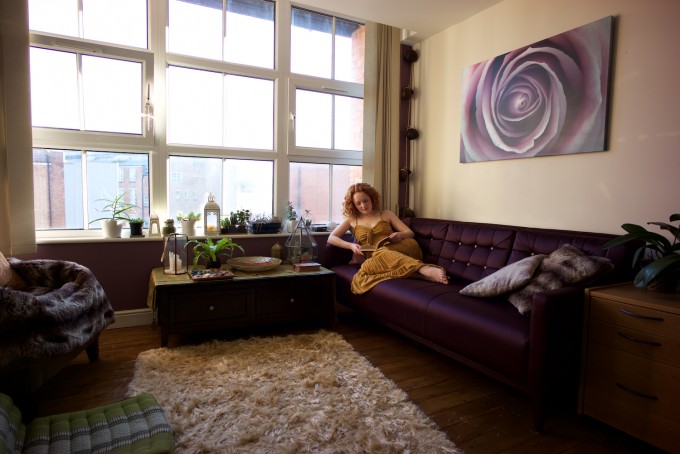
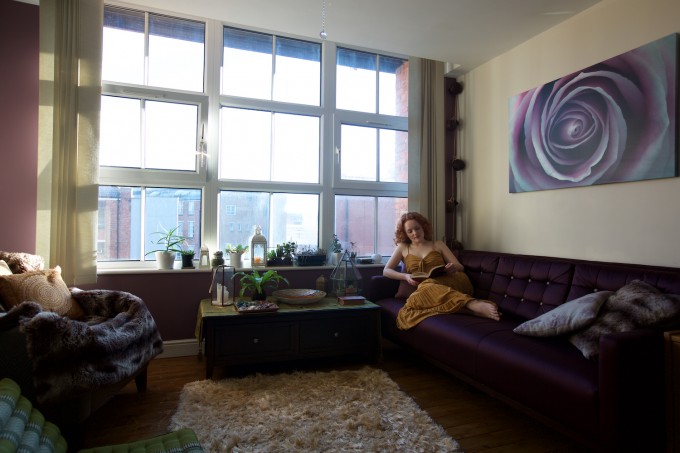
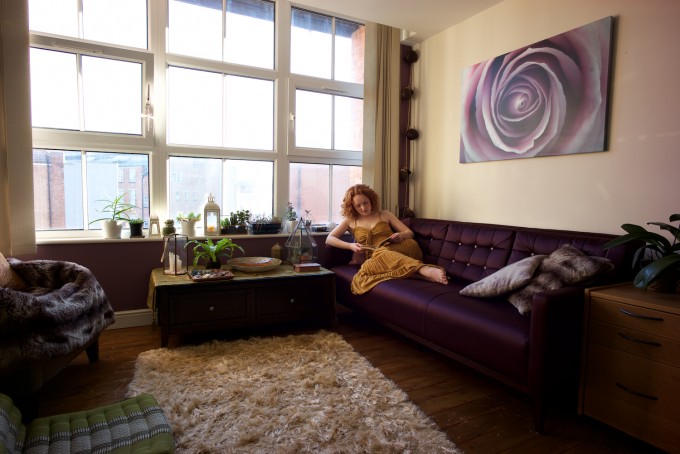
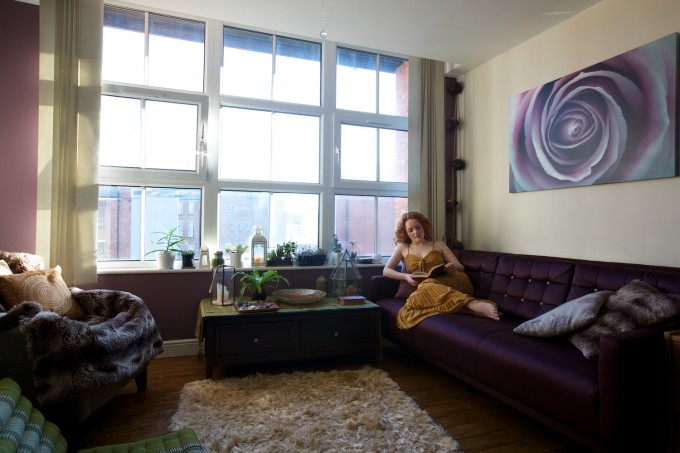
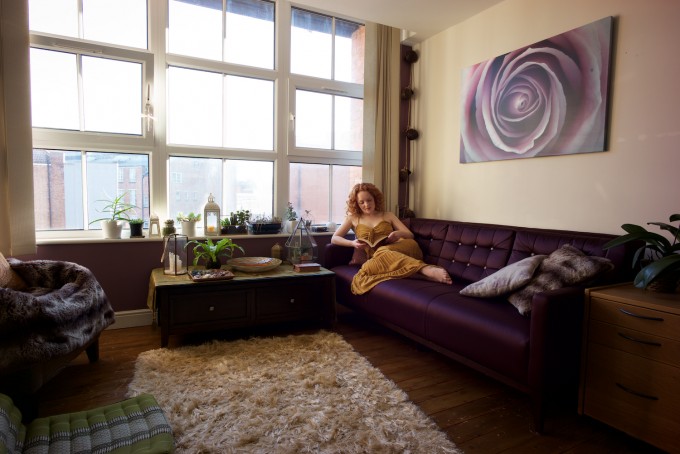
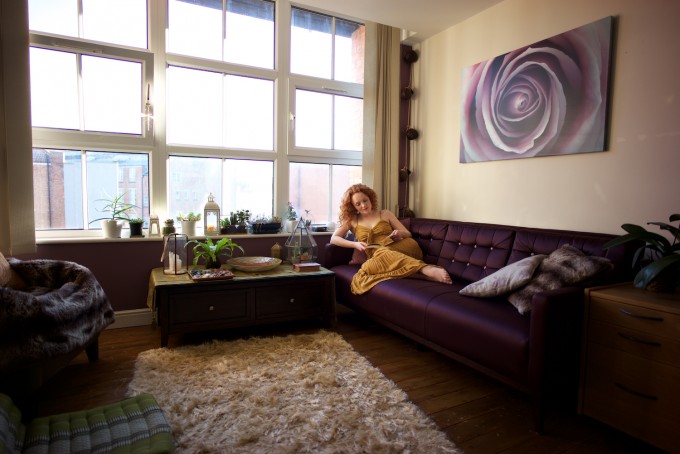
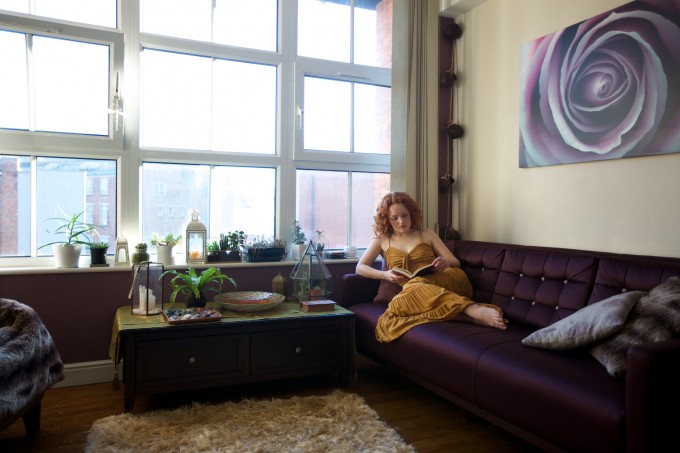
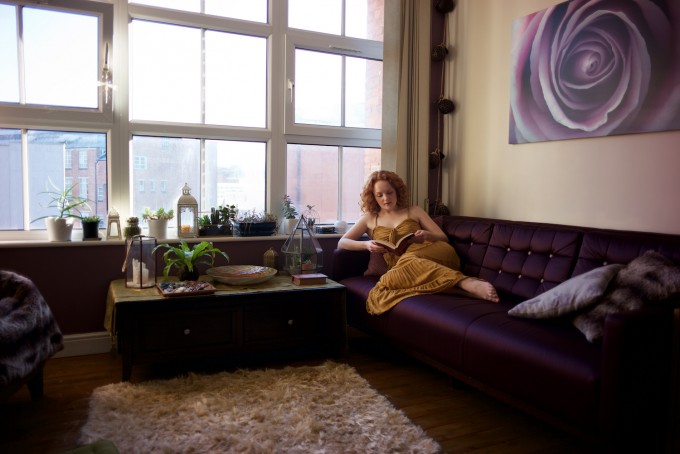
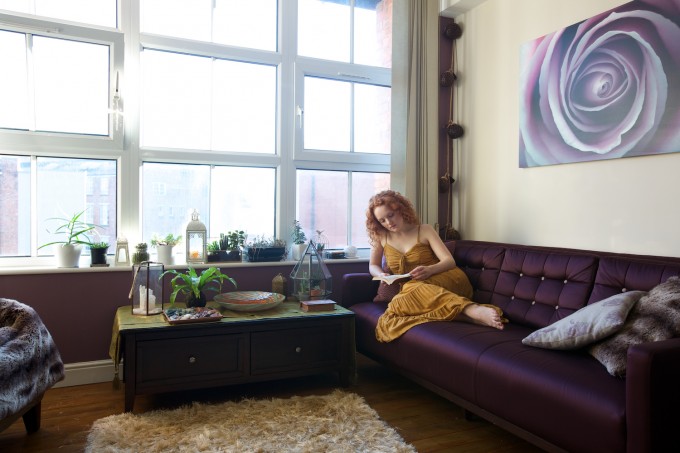
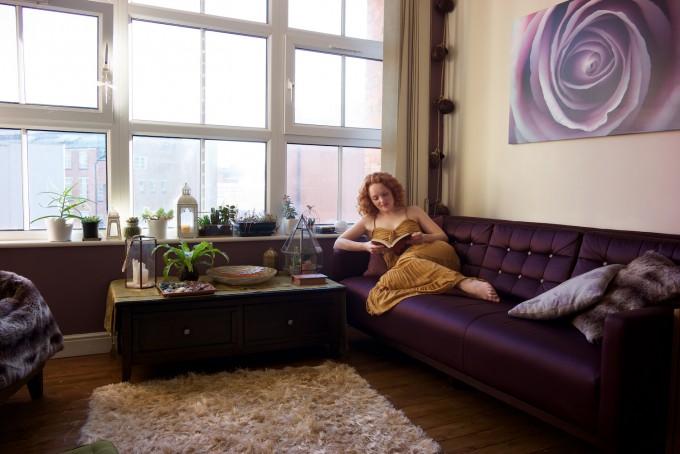
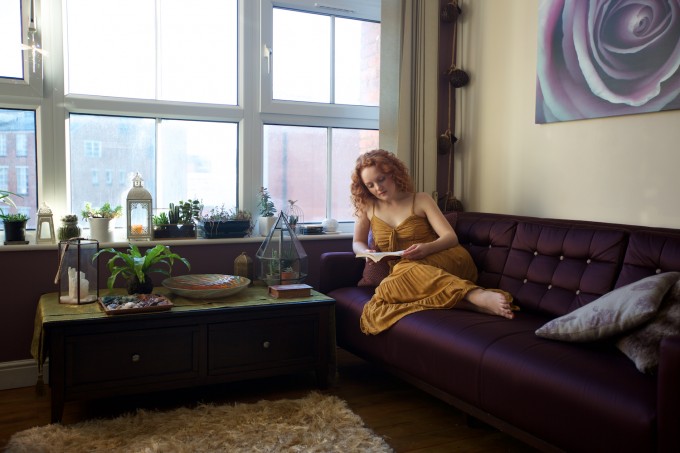
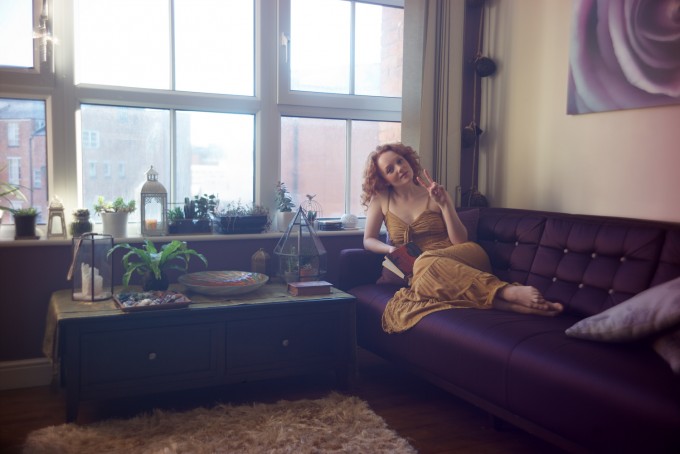
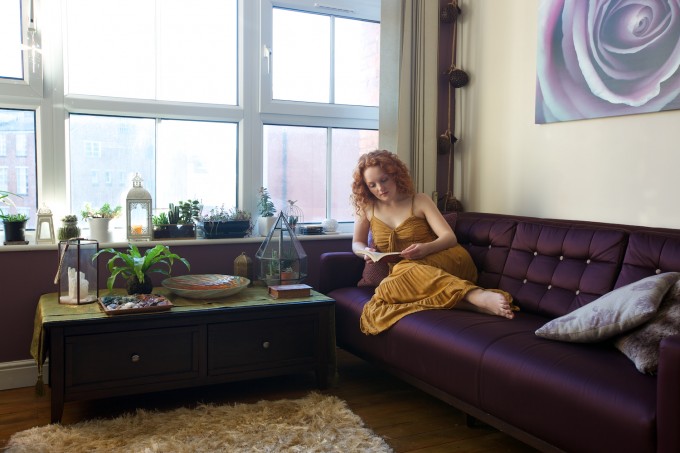
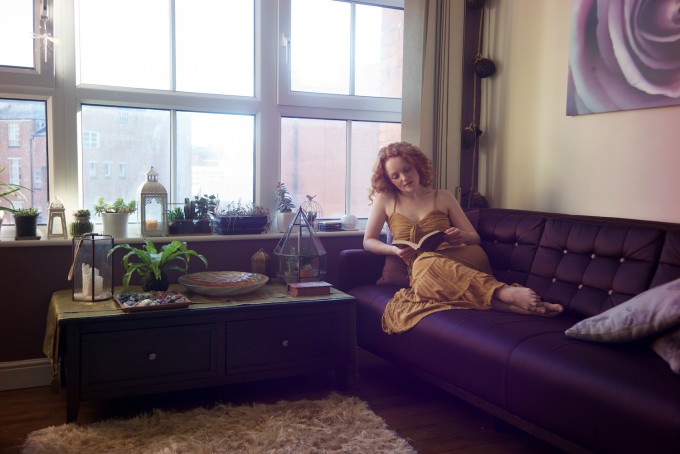
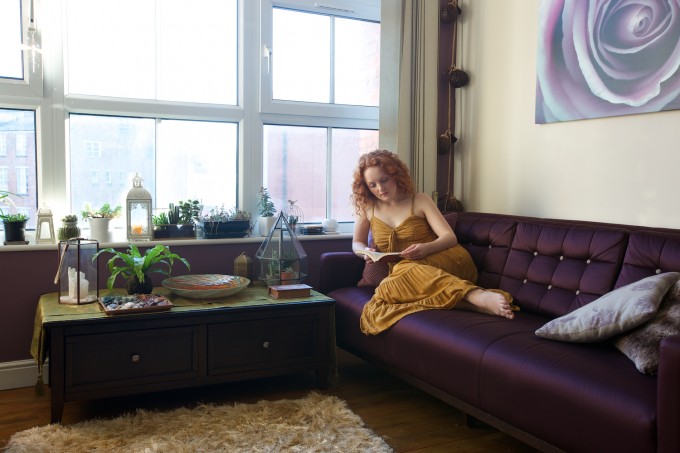
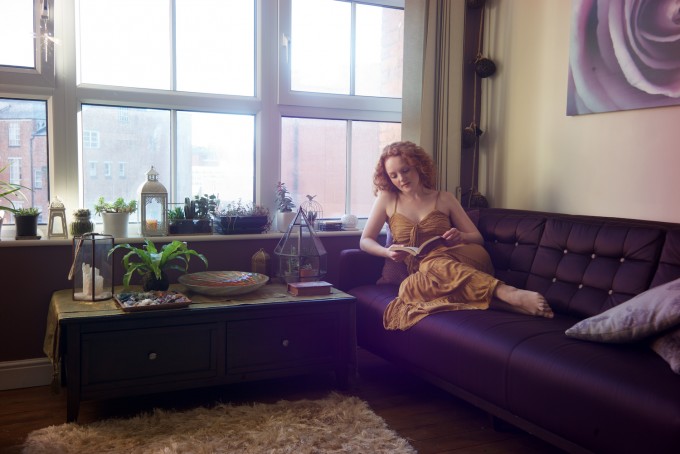
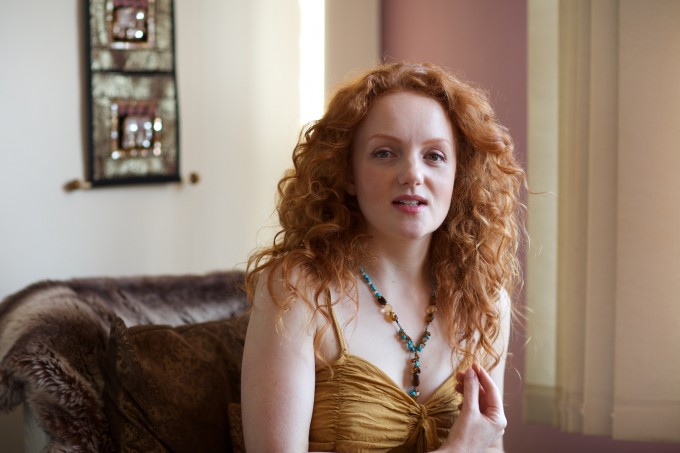
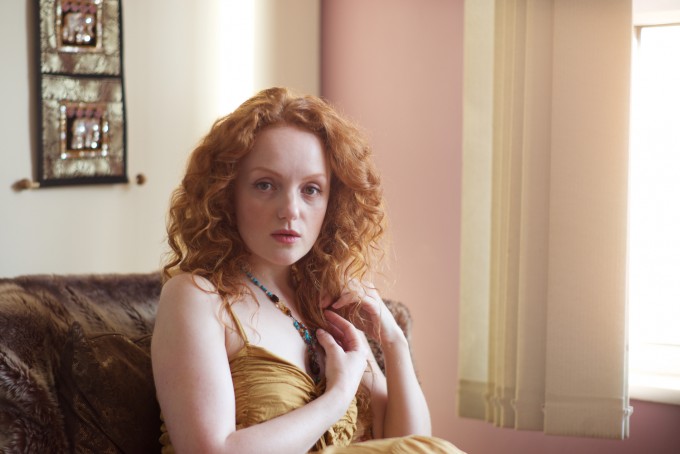
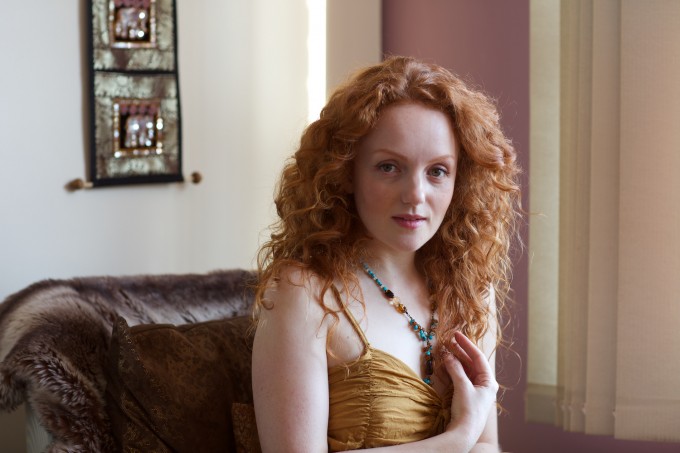
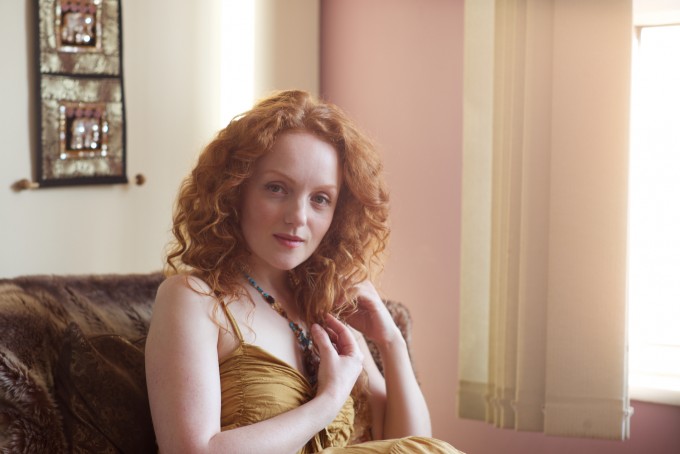
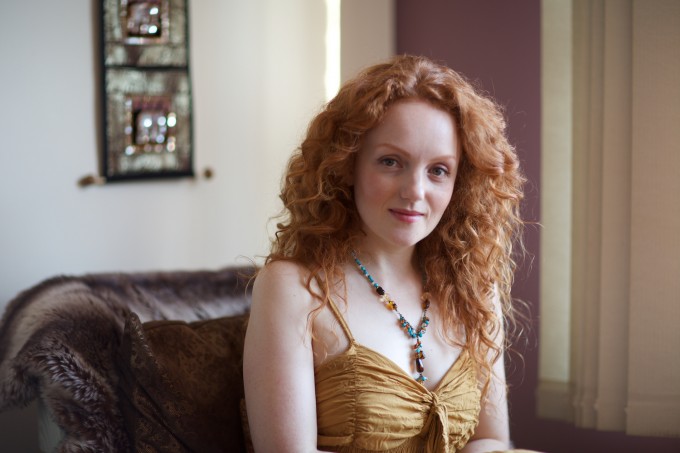
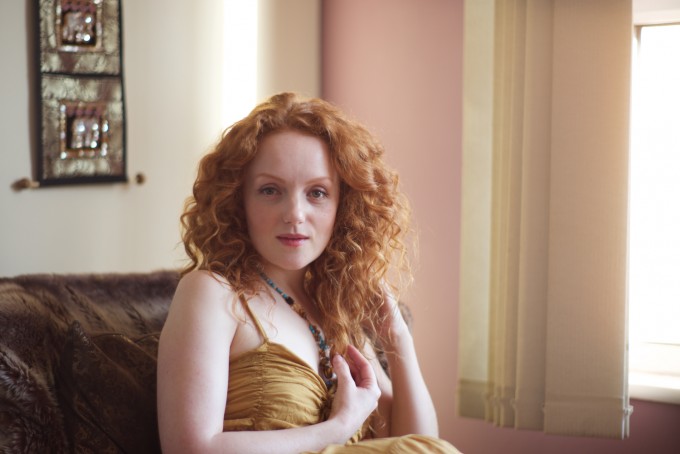
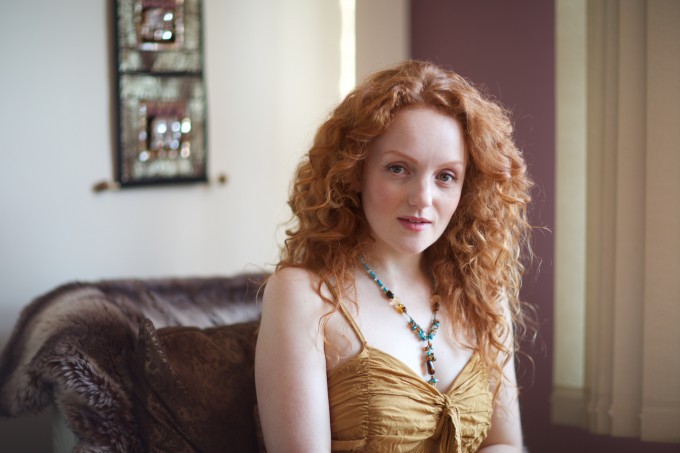
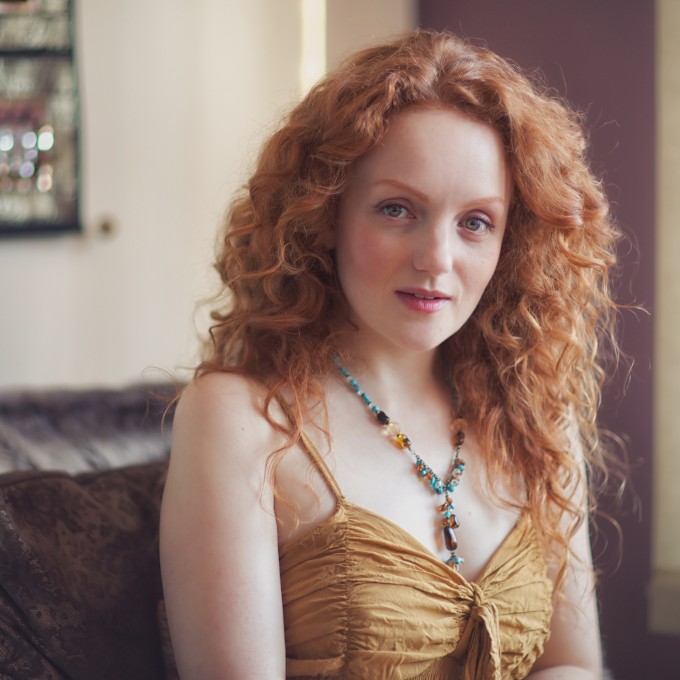
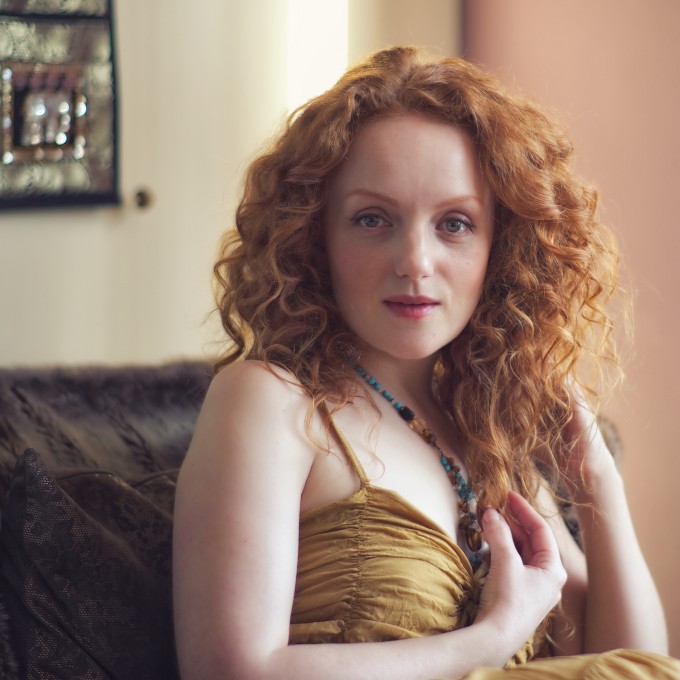
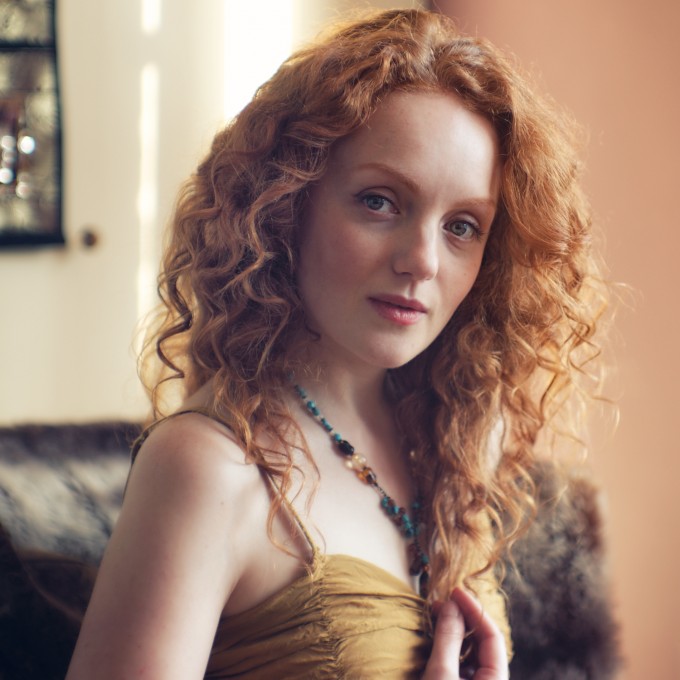
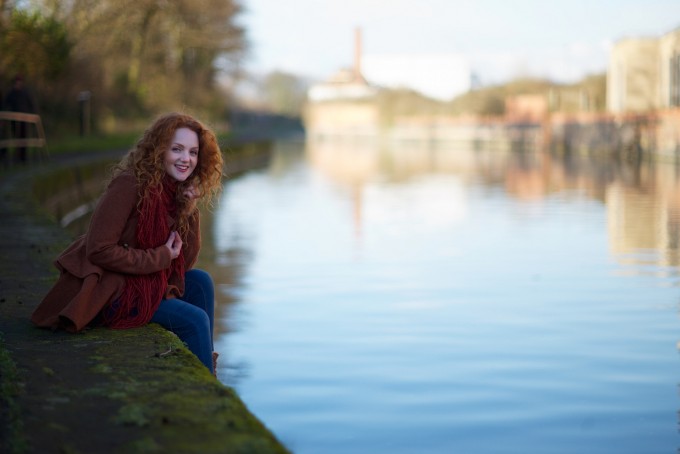
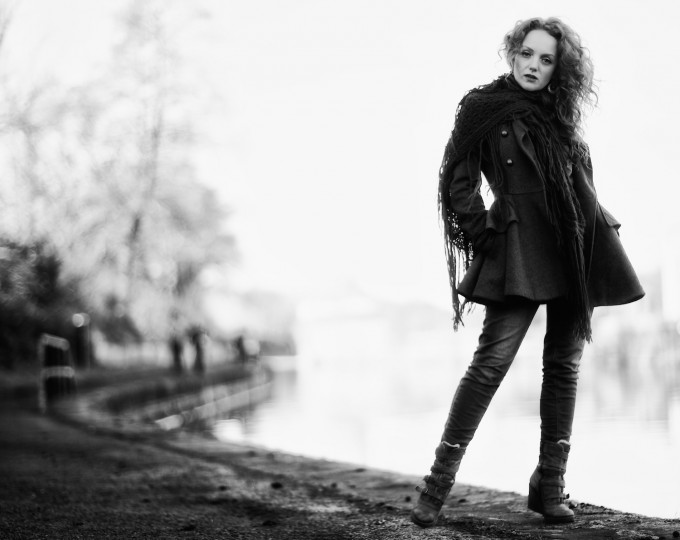
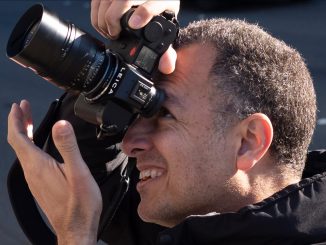

The Leica 90mm Summicron-M would have further endorsed your findings, namely that the Leica is a far superior lens than anything on the market – for portraiture or for any other kind of photography.
Re. the portrait lenses: You may prefer the softer transitions of the Leica for portraits; but all in all I prefer the look of the Canon 85 1.2. Prefer its bokeh, for one thing.
I see a bit more yellow to the Leica’s palette; or maybe it’s just that the Canon’s slightly cooler.
I’d be content with the Canon, and make slight tweaks in pp (which I’d be doing for most shots with most lenses, anyway) when necessary. Fantastic lens!
But its an art, we all gotta go with our own eye (& wallet). Cheers.
Lenses? What lenses? The only thing I would add to all this is the model you booked is the real stunner here – very attractive woman and she made all the camera’s and lenses used looked good.
Canon vs Cosina. Canon vs FSU. Mandler on Canon.
IMHO to make that title real, perhaps one would compare Canon FD vs Leica R two orphaned system lenses from a particular bygone era.
I thoroughly enjoyed this post. Very well done. And it wonderfully showed how each lens really does have a signature look. I actually went to ebay and scanned for Jupiter 50’s that are copies of the Zeiss Sonnar. I’m tempted to buy one. Thanks again for sharing.
Cheers!
Mike,
Jupiter-8 f2 is a Sonnar copy, as is the f1.5 version. In case you aren’t aware, the first two digits of the serial number give its year of manufacture.
It is only my opinion, but if you are after artistic representation as opposed to accurate recording, I’d be tempted by an early series, simply because it is likely to have more of the Sonnar fingerprint. Early lens coatings were fairly basic, no MC here, but their imagery can be quite magical when used with an appropriate subject and lighting. Just don’t expect colour saturation or contrast that you will find with modern day lenses. Best overall sharpness around f5.6 to f8. Fairly soft wide open.
those wide open shots …. lets say….not like them …ok…jupiter has nice dreamy look
Tomas, there’s a widespread obsession with shooting wide open, particularly from distances greater than say 2 or 3 metres. In my opinion that doesn’t really serve a purpose.
Most images and certainly their image quality (and focusing accuracy) improve when stopping down to f2.0 or f2.8.
Hi, Michiel,
And going one stage further, nearly all lenses perform at their optimum around f5.6 to f8 for primes, and even smaller apertures for zooms. I take your point, though, that just stopping down a smidgen, and depending upon the focal length, most lenses significantly improve image quality and still retain a fairly restricted DoF for those that wish to employ it.
You really prefer the M240 over the m9 that much huh? I shoot an m9 and have seen some incredibly nice photos taken with it too on this site and all across the web. I feel like sometimes people, once see the updated version, dismiss the older camera. The m9 is still a joy to use for me and in the right hands can make gallery quality pictures. I’m glad you like your (better) m240 though and live view would certainly help with my landscape shots! And man you take some very great portraits with that leica R lens I’m not sure you should let it go! All the best and I found this article a very good read.
This post made me order the Canon 85 f1,2 L II. great comparison buy the way.
Now that you have an A7 II I would highly highly recommend getting a 70-210mm f4 Minolta ‘beercan’ especially if you like this slightly hazy look, it is a lovely portrait lens if you want something a bit longer and they are dirt cheap and even have AF with the right adapter. I adore this lens and I am normally the type of person who is looking for sharpness, it is sharp, but in a more classic way. For $100 or less it is a worthwhile investment.
PS nice tests by the way!
I should also mention that this lens was born in the era of Leica and Minolta collaboration and was made as a Leica R, but the Minolta version got AF which will obviously work with your A7 II.
Many years ago there was a fantastic camera magazine called ‘Creative Camera’. They did a great article on lenses and the conclusion was that reportage photographers who want ‘true grit’ go for Nikon or Canon, whereas art. photographers such as Sarah Moon used Minolta cameras and lenses as they had a nicer, almost large format tonality.
The answer is of course to use whatever lens/sensor/film/camera combination which gives you the photographic results that you want.
Unless of course your interest is in testing/measurebating/pixelpeeping/GAS etc etc
mmmhh, do you now use your Canon more often?
I am not qualifying the pictures, but for a lens-battle, they are completely unqualified and no conclusions, whatsoever can be drawn from this exercise. Just “I like this color over that”. But color is entirely controllable in raw.
A human subject, about 3m away just cannot give any clues to sharpness, especially if one camera is shot in autofocus and the other one is manual focus.
In the future, please share with us your model, but do not call it a battle Canon vs. Leica. Maybe it is better called a battle of indecision.
The first sets of wide angles at f/5.6 and f/8 show more details in the shadows for the Voigtlander, I’d agree. But it also shows that the overexposed scene outside provides more detail on the Canon shots. I don’t think the exposures were equal on the lenses to reach the conclusions about shadow details that were claimed. But I also think the Voigtlander is a perfectly capable lens and I would have gone with it as well.
great article.. I like the warm shots from Leica/Voig combo, gives it more character and feel.
What lens do you mean with voigtlander 21 2,8 over the first picture?
Hey Paul! Good article! A suggestion: you could think about buying a Canon FD 85mm f/1.2 S.S.C. Aspherical. You can use it on your M-body, as well as on the E-mount. Same optics as the one you had, all metal housing, totally MF, with aperture ring on the lens. And you can use focus peeking, even at wide open aperture. IMO this is a very useful lens, even on the streets, regarding fast focusing. 😉 A few years back, Steve published an article that I wrote, with all pictures taken with this lens – just to give you an idea of its usability.
Now try comparing low light performance between the 2. I’ve read that the M240 has greatly improved Leica’s showing in this department. It also seemed to me that the dynamic range was a bit better for the Canon.
Thanks for this article. For the wide try the WATE and insteaf of the R-lens try the 75lux. I use both on my M240 and like them a lot.
Thanks, Paul, for this very interesting comparison.
Personally I like all the shots in general. I have an aesthetic preference for the Jupiters, though. But I would not use them exclusively, and you obviously would agree with that.
This comparison reenforces two points which are quite clear IMO:
1. DSLRs are now a niche product (it was not the case for many years, as there were no mirrorless systems back then).
2. The Leica M can be a rangefinder camera as well as a live view camera (no other camera can be both a RF and a mirrorless system).
It’s my opinion that live view is a perfect (and better) replacement for reflex mechanisms. But the RF mechanism, however it’s implemented, is not something that has a digital replacement. Of course some people would disagree with the latter point, and probably with good reason.
If we’re talking about shooting film, obviously the dynamics of the equipment change. But that’s another story.
Live view isn’t yet a perfect or better replacement for the reflex mechanism. Perhaps it will be as mirrorless cameras get better. Did you read all of the trouble he had in using the 80/1.4? Not enough contrast to focus using focus peaking. Having to zoom in on the eyes to focus. Recomposing. Having subject get frustrated. It would work better with an AF lens on an AF camera, but there are still some issues like shutter lag and shutter blackout.
Thankfully we are not all the same and we don’t all use the same equipment – photography would be boring then! I think a few people genuinely prefer the reflex mechanism. And of course for film you only have two choices: reflex or RF.
As for lag and blackout, those are two flaws that the RF camera does not exhibit. Although lag is well contained these days.
” DSLRs are now a niche product “. Karim, do you have the figures to back up that bold and at the same time useless (I mean, why would it matter if it were true?) statement?
Didn’t think so.
The figures show that DSLRs sell significantly more than mirrorless systems. But they are still a niche product out-selling a general purpose, more flexible product. There are reasons for that but I don’t want to distract from Paul’s work here.
Karim,
DSLR cameras are not a niche product. May I suggest you look up the word in an English dictionary where you will find its correct usage when related to markets.
“A specialized but profitable segment of the market”
Now, Leica, is a true niche product. It satisfies a very particular and small section of the market. Their cameras are produced in very small quantities and if you were to compare their sales to the main manufacturers on a graph, their sales would hardly result in a blip. But they are profitable.
However, in years to come and as CSC cameras continue the inroads they are making into dslr sales, the dslr may well end up being a niche product. I understand that CSC sales are on the cusp of doing just this. Already in Japan, at least, CSC sales exceed those of dslrs.
However, predictions often come unstuck. I found a comment by Samsung made in 2010 that they would outsell Canon and Nikon by 2015. This is the extract from the UK’s leading photographic magazine, Amateur Photographer:
Samsung chiefs have told AP that the company is determined to secure the number one spot in the mirror-less micro system camera market by 2012, and to be the best selling camera brand overall by 2015.
Read more at http://www.amateurphotographer.co.uk/latest/photo-news/samsung-to-out-sell-canon-and-nikon-by-2015-18787#2Ll1Vmm8riqk45Yl.99
Well, most are probably still waiting.
Maybe among amatuers. Most pros of 2023 are still shooting DSLR cameras. Fujifilms rangefinders, have Optical finders, Liveveiw and you can use it as a mirrorless through the finder as well, and their censors are way better than Leicas. In the film area, the M range was somehow great for reportage, street photography, and thats, basically the niche they have been used for ever since.
I never understand these comparisons. You have a $7000 camera and you put a $50 lens on it. The point of a Leica is Leica glass.
…and he used Leica glass on it. The beauty of a Leica M? Being able to use older RF glass as well, and there is TONS of superb old RF glass from Canon, Nikon and MANY others. The point of a Leica is photography, not necessarily putting Leica glass on it. Use whatever you like. I own Jupiter lenses and love them on occasion.
I cannot agree with that statement. The M is a flexible camera. It’s not a bad idea to make use of this flexibility. 🙂
Fascinating comparisons. What comes across most is the different colour palettes of the two sensors, they are markedly different. Without knowing which is the more accurate rendition of the two, I do prefer the M240 over the Canon. And providing one can control the tendency of the old Jupiters to flare, they do provide some interesting imagery capabilities compared to the Canon, which looks a little too clinical for my taste. Your last three head and shoulders shots amply show this.
I’m not really surprised that the Jupiter-12 35mm didn’t do too well. Its very exposed rear element and how close it is to the sensor makes it not an ideal choice for digital work. It can be a very sharp lens, mine is excellent, but I only used it on my M3/M6 and only shooting B/W when it exhibits excellent contrast as well as being sharp at around f8. It is therefore an excellent choice for landscape work which is rarely done with a lens wide open.
I liked the warmer colors from the Leica/Voigtlander combo. I’d be pleased as punch with any of those lenses.
You were aided by a model with wonderful skin. Good fortune all around.
Just the sort of comparison I wanted to see thankyou. I use the 5Dii & find the colour & contrast a bit better with my 35L & 85L a photog friend of mine uses 5Diii 85L & I dont like the images as much I seem to see highlight clipping orange weird. I use focus screens so have stuck to the 5Dii. The comment on the colour of the 240 I found very intersting & did enjoy the output as well. Thanks once again for a great article.
Chromatic aberration is mentioned when referring to the pictures taken with the Canon lens, something some Canon lenses have always been prone to. However, the Canon 5D mk iii, the 6D and most of Canon cameras now have lens profiling built in to the cameras or profiles that can be downloaded to correct this problem.. In your tests, was the correct profile loaded?. If so I am surprised you still got chromatic aberration.
This seems a strange article, after testing and finding that you prefer the look of the M240 with your favorite lenses you go out and buy a Sony A7, then get a Canon 5cm 0.95 (yet to be modified) and a Nikkor 5cm F1.4.
Perhaps you just like playing, which is fair enough, but it’s hard to take this article seriously.
Well, I’ll say it first. By all means, keep the model. She looks great in every photograph. I am also wondering what the Leica M images would look like with Leica M lenses. Overall, as usual, both cameras can take good photographs, but I too like the Leica images better myself. Thanks for sharing the test with us. We have to keep in mind that it’s the test that matters to you, not to the rest of us who have different lenses, cameras, etc. And our own models!
I will make the comment that always shows up here so that nobody else feels they need to: “I find these images uninspiring / not sharp / not processed properly, not focused, etc.”
Just kidding of course. 😉 Thanks and great article.
Ha! Thanks!
Nice comparisons and I understand comparing 3 different 85mm for portrait.
But did you think about comparing also to a 75 or a 90 Summarit M lenses?
Umm… I might have if I had them, but this was using my own kit. I’m just a regular amateur… and these are the lenses I owned.
The Summarits are exceptional.
I fully agree, 75 summarit is a perfect lens for portrait and far more easy to use.
Nice photos all of them. I will not sweat over detail differences as I find the photos being better or worse could gain what it will be desired for in post processing. As for the record if you are after a Top portrait lens to use on Leica M (typ 240) or Sony look for Summicron-R 2/90 ASPH. Then forget all others. Last but not least thank you for this laborious presentation.
Best regards,
Dimitris V. Georgopoulos
Photographer at Large
Athens, Greece.
Just imagine if the M-mount lenses were coded to get rid of the hideous magenta edge…
This is a lens battle not a camera comparison. Needs re-titling.
USED two different cameras. Canon 5DIII with Canon lenses and a Leica M 240 with Leica/Jupiter lenses. It’s a body battle just as much as a lens battle.
If the same lenses were used on both cameras then it would be a camera battle.
You know–call me crazy–but I think the haziness of the Jupiter lens is imparting a thoughtful atmosphere or feeling that the sharper lenses can’t match…being humane isn’t always about precision…
Agree. The Canon, while sharp, felt very clinical. The Jupiter had a lot of charm and character.
Very interested to see just how good the 85mm f2 Jupiter results proved to be. I’m not all that surprised as the lens is a direct copy of the Zeiss 85mm f2 Sonnar which I once had and it produced veyr fine images at least in black and white. I never shot colour in those days!